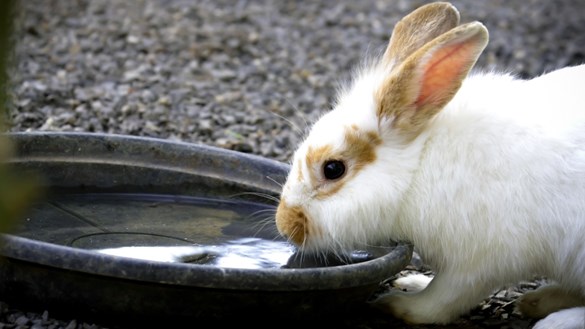How To Socialise Your Dog And Children
Owning a dog can be highly rewarding for children of all ages. Learn how to successfully socialise them and foster a lasting bond including how to introduce them and importantly how they play.
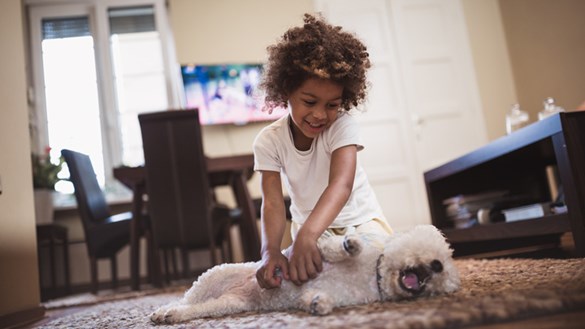
The benefits of dogs for children
Dog ownership provides a host of benefits for children, from increased social skills to helping teach responsibility. Dogs can improve a child’s mental health, and many children find it easier to confide in their pet than their peers.
Similarly, dogs benefit from an enthusiastic and energetic playmate to keep them active. It can also help to teach them how to behave around younger members of the family.
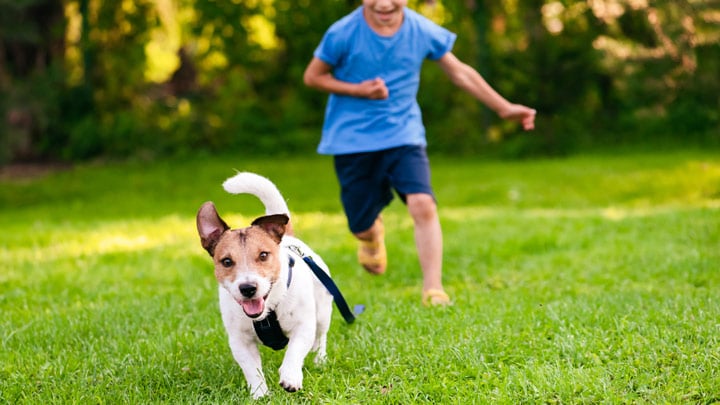
Properly socialising your dog around children, and teaching your child how to treat their pet, is important to ensure a great relationship.
How to introduce your dog to your child
Introducing your dog to your child sooner rather than later will help both parties become accustomed to each other.
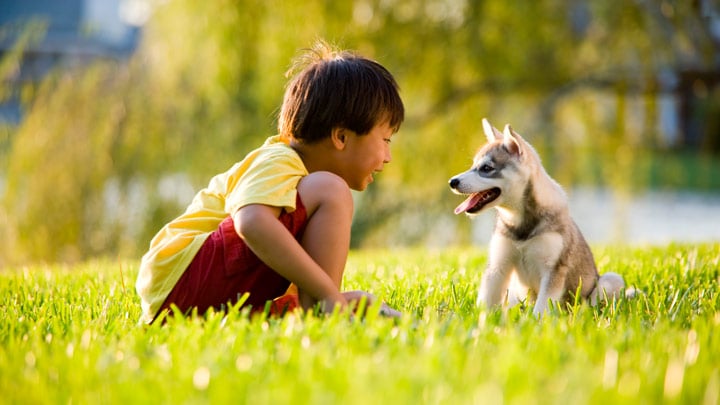
Go slowly at first, remembering not to rush them into it; they may not hit it off straight away. Short, frequent meetings are the best way to let them get to know each other gradually.
The ‘sniff test’ is usually the best place to start when introducing your child and pet. Holding out your child’s hand so your dog can learn their smell is important before trying to stroke them. If your dog seems unsure after sniffing, they may not want to be touched. Instead, encourage your child to talk to them gently to soothe their nerves and wait for the dog to come to them.
If you’re adopting a new dog, involving your child in the selection and adoption process can be a great way to teach them about the responsibility that comes with it. This will also start the bonding process between them.
Teach your child to understand that there are certain times when they shouldn’t approach their dog. These include when they’re eating, when they have a toy, when they’re going to the toilet or while they’re sleeping. Extra care should be taken with blind or deaf dogs who can be easily frightened.
Introducing a dog to a baby
The arrival of a new baby can be a confusing time for dogs. They may become territorial, so investing in a dog pheromone diffuser can help them relax.
Using treats and rewards to make positive associations with the baby can encourage your dog to accept the new arrival.
Playing together
One of the benefits of dogs and children is the mutual exercise and stimulation they gain from playing together.
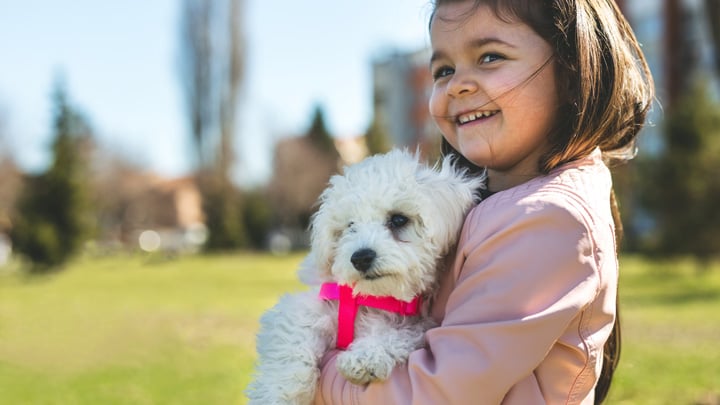
Young children can be enthusiastic and loud when playing, which can frighten or over-excite some dogs, so it’s important that you teach them to play calmly and quietly. Aggressive, rough games can encourage aggressive behaviour in your pet.
Playing together with their favourite dog toys, such as a pull rope, or running together helps form a great bond. Make sure to teach your child how to recognise when their pet is scared or anxious (tucked tail, flat ears, hiding) and to back off immediately.
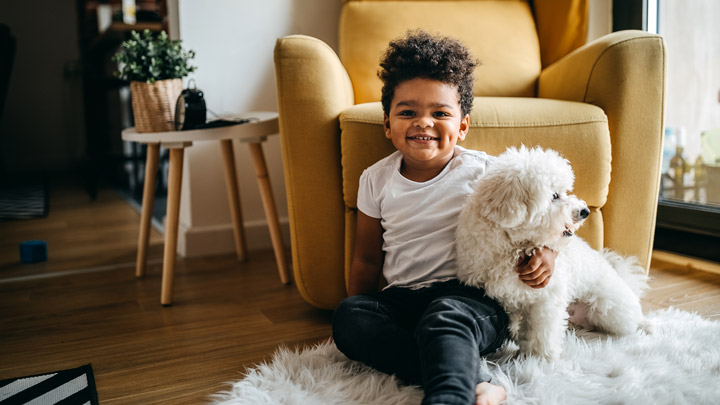
Never leave your pet and child to play unattended, particularly young children, as dogs can easily misinterpret the situation and get too excited. Discourage your dog from jumping up, which can knock over smaller members of the family, and remind your child to keep dog toys away from their face.
Be ready to intervene if the pet looks unhappy or too boisterous to prevent bites or scratches.
If your dog shows signs of tiredness or real over-stimulation, it’s time for a nap in a quiet and safe place away from children.
Pet-friendly handling
Children can mistake pets for cuddly toys, so it’s important to remind them to handle their pet gently and respectfully.
Some dogs don’t like to be picked up, and smaller breeds can be quite delicate, so teach your child to be patient with their pet and let them come in their own time. Many dogs also dislike face-to-face contact, so prevent your child from getting too close.
A good rule of thumb is to teach them to treat their pet as they would another child; don’t climb on them, no pulling on their ears or tail and no rough play.
Your dog’s needs
Generous children love nothing better than sharing their food under the table, without realising that it could be unhealthy for their pet. Keep an eye out if your dog is sniffing around for titbits or even better, place them in a different room during dinner time.
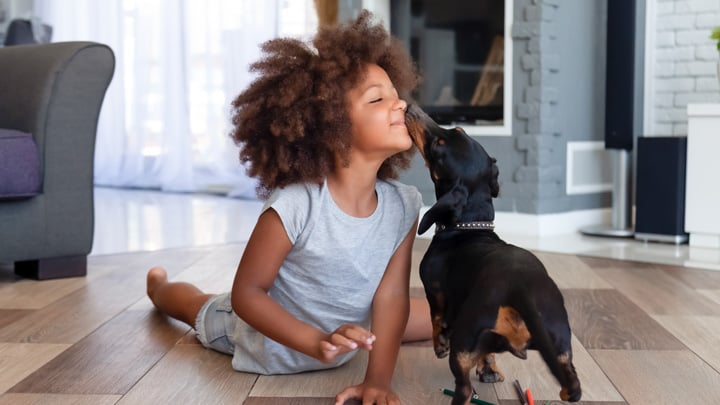
Puppies often steal, chew and swallow children’s toys and clothes, so teaching your child to tidy up after themselves and store their toys out of paw’s reach will help to keep them safe.
Nervous dogs sometimes cope better around children if they have somewhere to escape to when things get too much. Crate training your dog will offer a safe space filled with their favourite things (blanket, toy) away from noisy or excitable children. Make sure your child understands that the dog crate is off limits.
Depending on your child’s age, you may want to start getting them involved in your pet care routine. Filling their water or food bowls, walking the dog, or cleaning their toys and bedding can teach a valuable lesson about the constant care and attention pets need to live happy, healthy lives.
Remember, children need to be 10 years or over to be legally responsible for a dog outside their homes.
For more advice and ideas about socialising your dog around children, speak to your local Medivet practice.
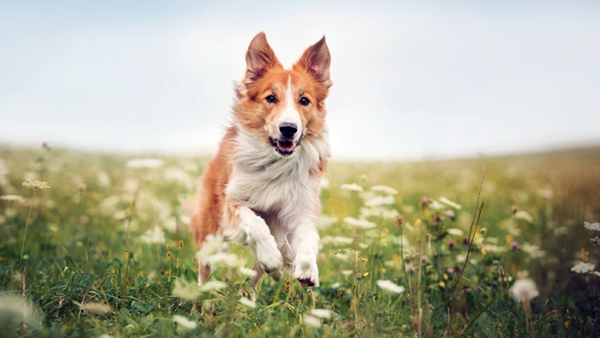
Our Pet Care Advice
At Medivet, we’re committed to providing trustworthy, expert advice that helps you care for your pet. Don't miss our latest advice for keeping your pets happy and healthy.
Search advice

Medivet Healthcare Plan
On average our clients save an average of £225 with the Medivet Healthcare Plan.
Learn more


